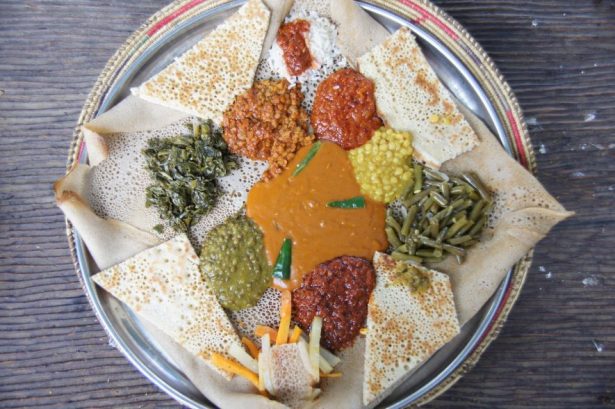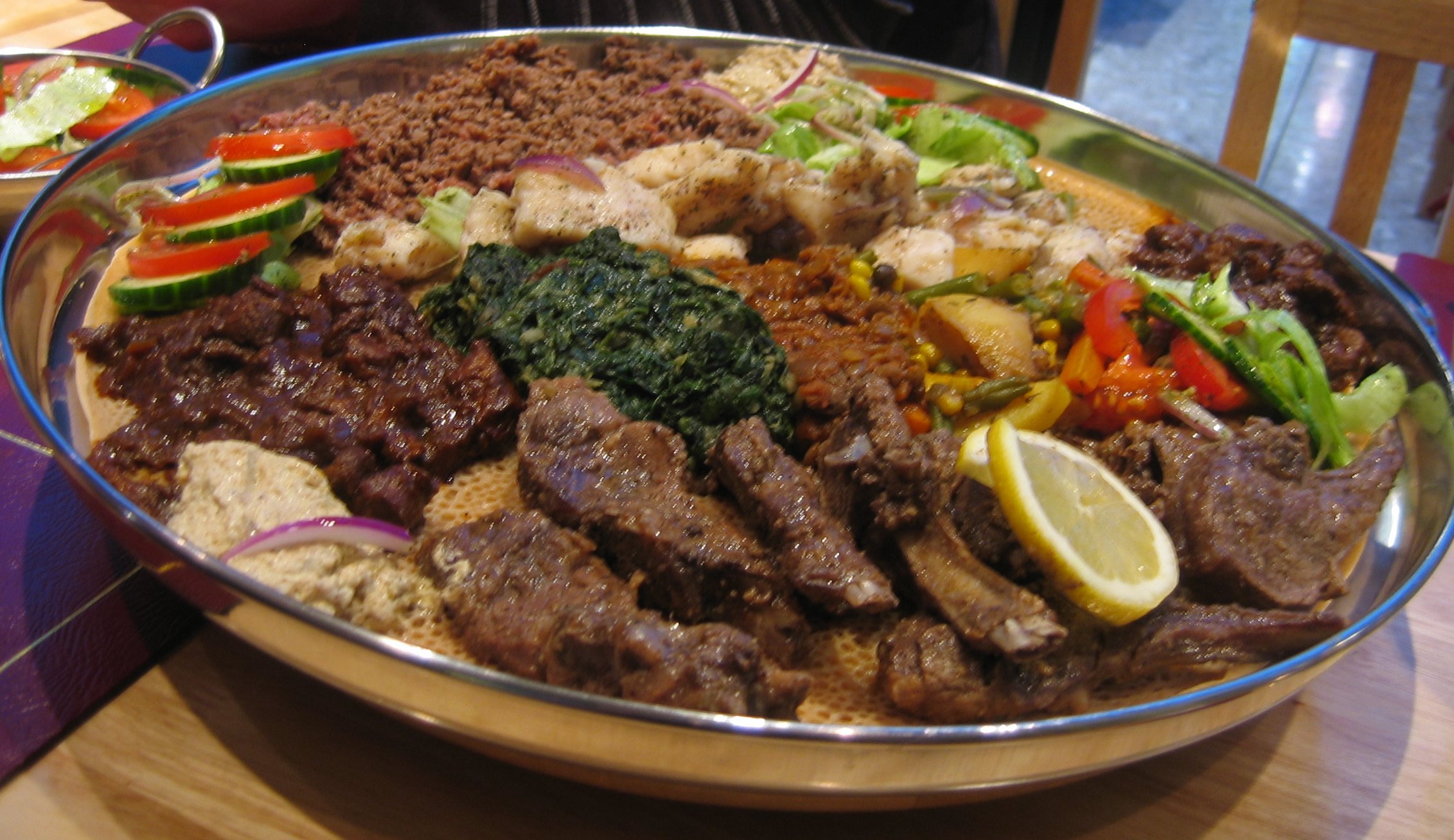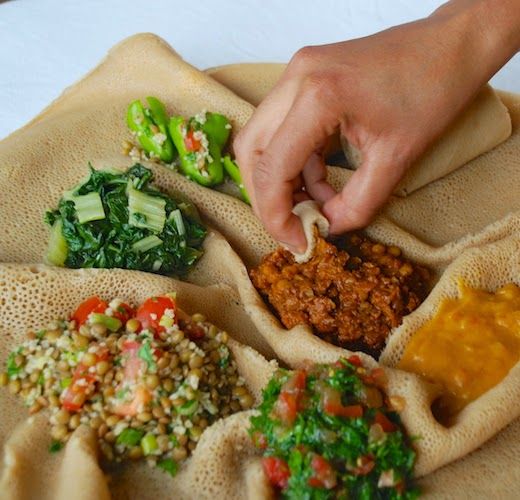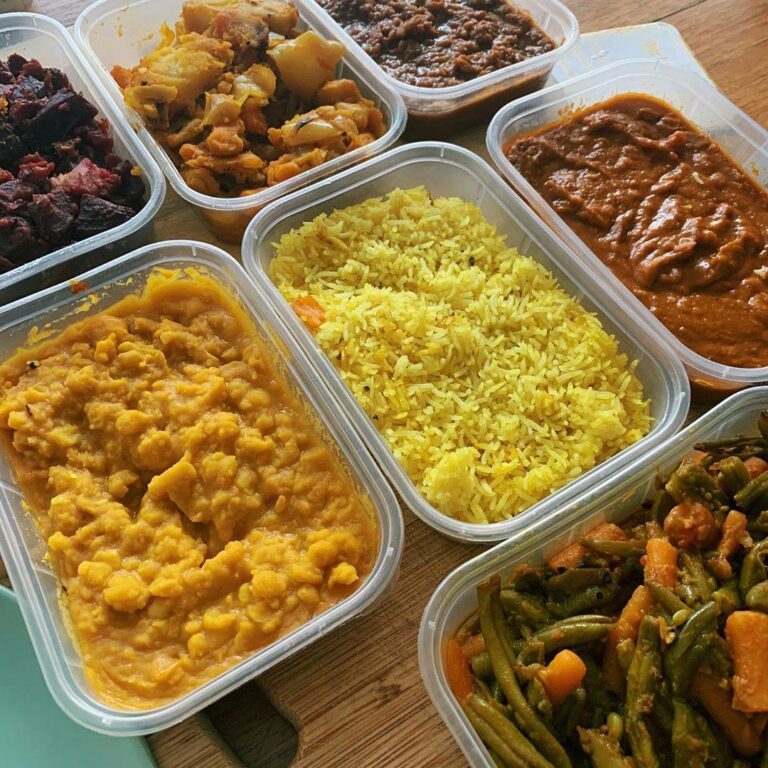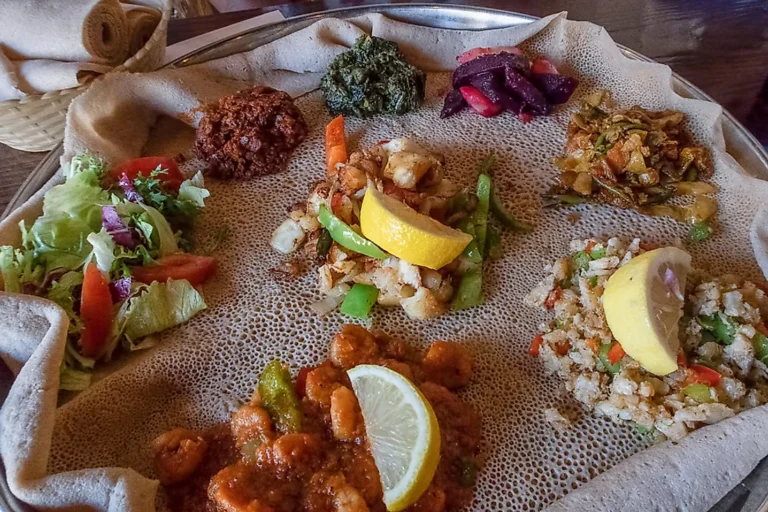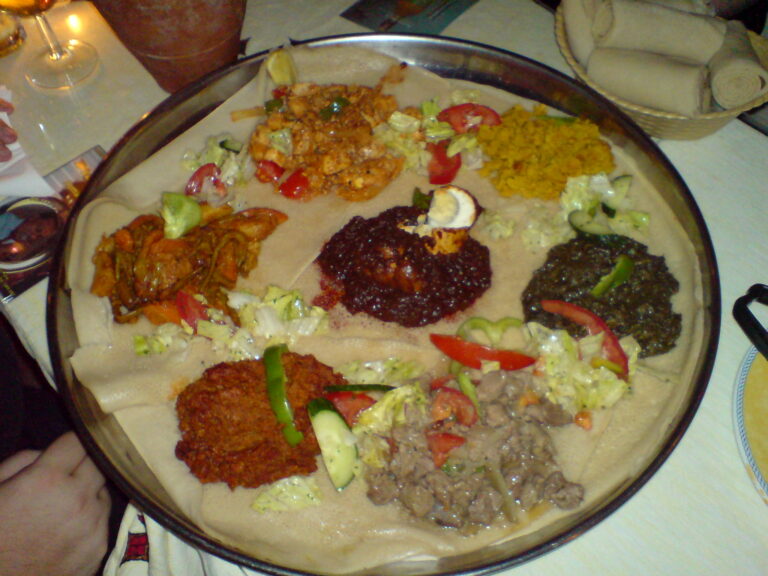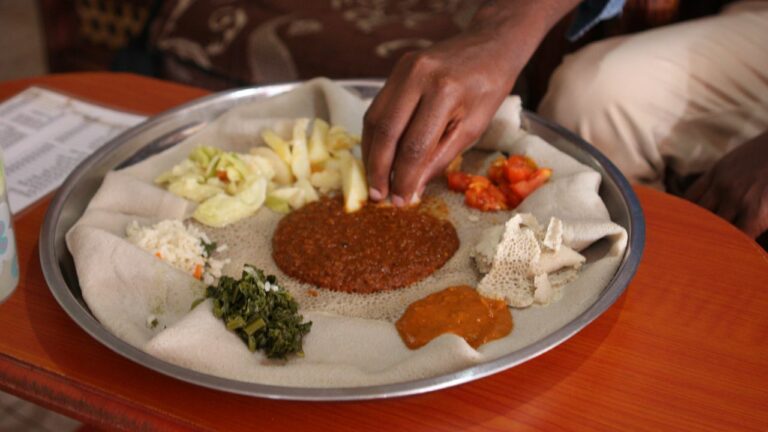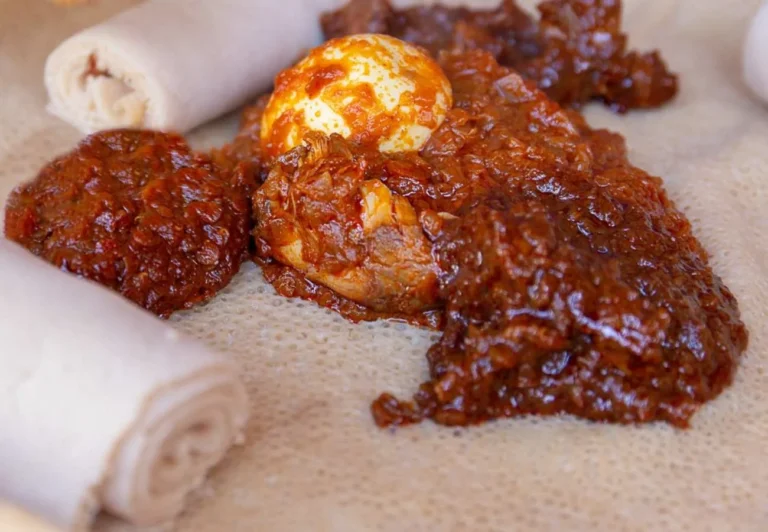Introduction: The flavors of Eritrea
Eritrea, located in the Horn of Africa, is a country with a rich and diverse culinary heritage. Known for its spicy, flavorful, and aromatic dishes, Eritrean cuisine draws inspiration from various cultures and regions, including Ethiopia, Italy, and the Middle East. From injera, a sourdough flatbread, to zigni, a fiery beef stew, Eritrean cuisine offers a unique and unforgettable gastronomic experience.
Understanding Eritrean cuisine
Eritrean cuisine is characterized by its use of spices, herbs, and grains, as well as its emphasis on communal dining and sharing. In Eritrea, food is not simply a means of sustenance but a way of bringing people together and celebrating cultural identity. Furthermore, Eritrean cuisine is shaped by the country’s geography and climate, which range from the coast to the highlands and influence the types of ingredients and cooking techniques used in different regions. As a result, Eritrean cuisine is diverse and multi-faceted, reflecting the country’s complex history and traditions.
The role of soups and stews in Eritrean culture
Soups and stews play a significant role in Eritrean cuisine, particularly in the colder months when warm and comforting dishes are preferred. In Eritrea, soups and stews are often served as a main course alongside bread or rice and are shared among family and friends. They are also a common dish during festive occasions, such as weddings and religious celebrations. Soups and stews are not only nourishing and satisfying but also symbolize the importance of communal dining and hospitality in Eritrean culture.
Traditional Eritrean soup recipes
Some of the most popular Eritrean soups and stews include shiro, a chickpea flour-based soup; hamli, a spinach stew; and tsebhi derho, a spicy chicken stew. Shiro is made by simmering chickpea flour, onion, garlic, and spices in water or broth until it thickens into a smooth and savory soup. Hamli, on the other hand, is made by sautéing spinach and onions with garlic and ginger and then simmering it with tomatoes and spices. Tsebhi derho, the most well-known Eritrean stew, is made by cooking chicken with onions, garlic, and berbere, a chili pepper-based spice blend.
The secrets of making Eritrean soups and stews
The key to making Eritrean soups and stews is to build layers of flavor through the use of spices, herbs, and aromatics. Many Eritrean soups and stews begin with a base of onions, garlic, and ginger, which are then enhanced with spices such as cumin, coriander, and turmeric. Another important element is the use of homemade spice blends, such as berbere and mitmita, which are integral to many Eritrean dishes. Finally, slow cooking is essential to allow the flavors to meld together and create a rich and aromatic broth.
Ingredients used in Eritrean soups and stews
Eritrean soups and stews feature a wide variety of ingredients, including legumes, vegetables, grains, and meats. Legumes such as chickpeas, lentils, and beans are commonly used to thicken soups and stews, while vegetables such as spinach, collard greens, and carrots add flavor and nutrition. Grains such as barley and teff are also used in some soups and stews, while meats such as beef, chicken, and lamb provide protein and depth of flavor.
How Eritrean soups and stews are served and enjoyed
Eritrean soups and stews are typically served family-style, with large bowls of soup or stew placed in the center of the table and shared among diners. They are usually accompanied by injera, a sourdough flatbread that is used to scoop up the soup or stew. Eating with one’s hands is common in Eritrean culture and is seen as a sign of hospitality and intimacy. Soups and stews are enjoyed as a main course and are often followed by coffee or tea and a sweet dessert.
Conclusion: The richness of Eritrean culinary heritage
Eritrean soups and stews are a testament to the country’s vibrant culinary heritage and cultural traditions. From the spicy and flavorful tsebhi derho to the comforting and nourishing shiro, Eritrean soups and stews showcase the diversity and complexity of African cuisine. Whether enjoyed at home or in an Eritrean restaurant, these soups and stews offer a glimpse into the rich and fascinating culinary history of this East African nation.


